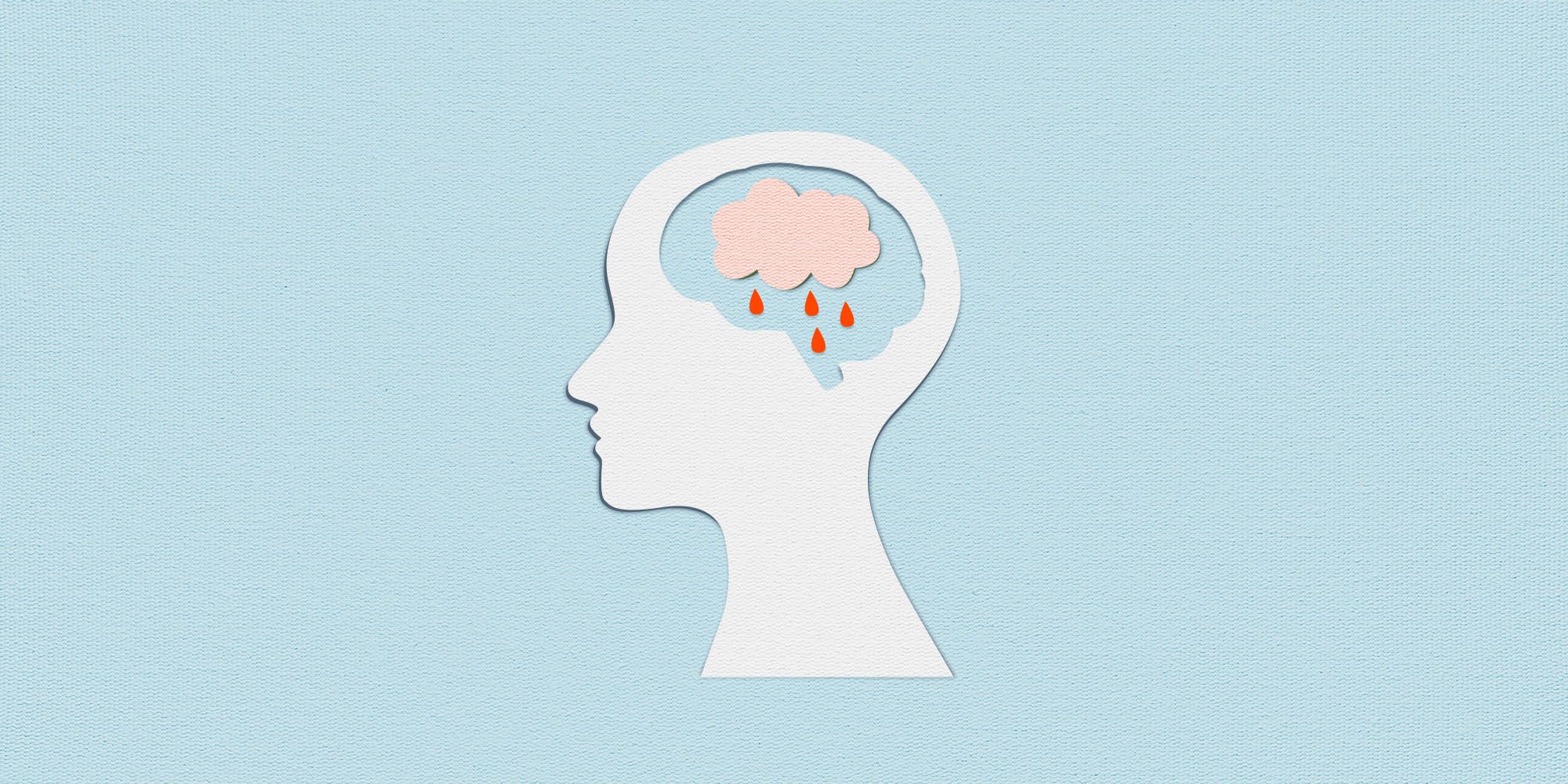LIFESTYLE
How To Look After Your Wellbeing for Good Well being
Sustaining good well being goes past simply bodily health; it additionally encompasses psychological, emotional, and social wellbeing. Taking good care of your total wellbeing is …
Read moreMobility and Self Care
This full physique self care and mobility class will show you how to work on the vary of movement in lots of key joints in …
Read moreWhy You Ought to Give attention to Psychological Well being Simply as A lot as Bodily Well being
You’ve possible heard earlier than that psychological well being is simply as essential as bodily well being, however what does that imply? The possibilities are …
Read moreEntertainment
Community

How To Look After Your Wellbeing for Good Well being
Sustaining good well being goes past simply bodily health; it additionally encompasses psychological, emotional, and social wellbeing. Taking good care of your total wellbeing is …



